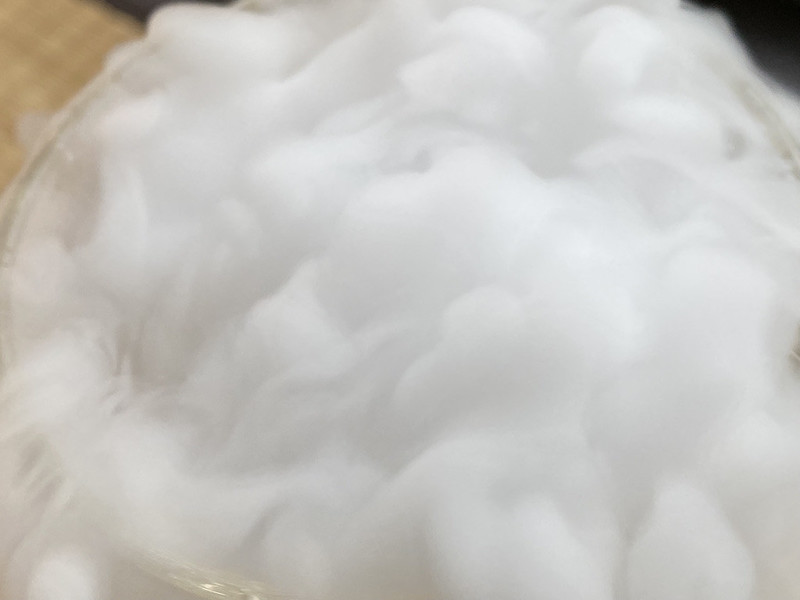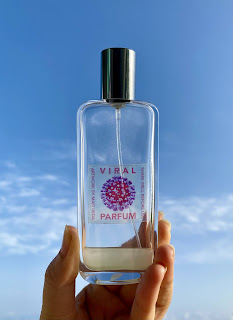[SPACE DESIGN]
- A standard white cubic space
- The size: +- 2m x 2m
- The entrance should be made with black textile curtain or PVC curtain that conceals the light from outside (= the space needs to be completely dark in the original state)
- The walls, the floor, the ceiling should be painted white
- There needs 2 pedestals (in white color): one is for showing the “master perfumes” to be located in the center of the room, and the other one is to be located by the entrance outside of the room or inside of the room, for “give-away perfumes”.
- The walls needs to be covered with some kind of materials for the perfumes to absorb (since it probably does not stay on the painted surface). For example, a cotton textile to cover the area between +- 70cm to 170cm in height, to make it easier for kids to smell too. The textile needs to be washed and ironed before setting it up, because when it's new it has textile glue on the surface for the lotus effect, and it would prevent absorbing the perfume.

(example of the cotton textile)
[MINI BOTTLES: FOR VISITORS TO PLAY WITH THE SPACE]
- The small bottles are for give-away. They are for the visitors to participate in the work and “decorate” the space freely as they want.
- There will be 300 bottles in total, in 6 different colors (only visible when it’s dark) corresponding to the scents. When they are together, it forms the scent of lily.


[BIG BOTTLES: MASTER PERFUMES]
- The master perfumes are to be exhibited as the main objects of this
installation, but they’re also meant for the museum staff to “decorate”
the space regularly. There will be 6 bottles in different colors (off
course with different scents)
- These are to be exhibited in the center of the room. They have to look “luxury” perfume with proper spot lighting.
- They need to have vandalism proof. There is no grip to my eyes to tie them with wires. An option could be to place them in a sort of “vitrine” or “glass showcase” with a lock, in stead of placing them on a pedestal.
Bottle Brand: Pochpack.



[LIGHTING]
(1) There needs 4 times black lights, each stronger than at least 30W (the stronger the better), mounted to the ceiling or the wall, for projecting each walls.
(2) There needs 1 spotlight for the pedestal in the center.
(3) There needs 1 ambient light, mounted to the ceiling or the wall
(4) There needs 1 spotlight for the pedestal at the entrance (outside of the room).
(1) to (3) should be connected to a lighting controller which let the lights fade out and in individually, following certain program as follows:
Stage 1: only when the daylight is on: nothing visible but there's only smell. [duration: +- 1 min]

Stage 2: when the black light fades in and the daylight fades out, the spots become visible. [duration: +- 1 min]

Stage 3: when the black light fades out, you stand in the total darkness. [duration: +- 1 min] The spots would gradually lose the intensity, then the daylight fades in.

Repeat these 3 stages again.
�



















